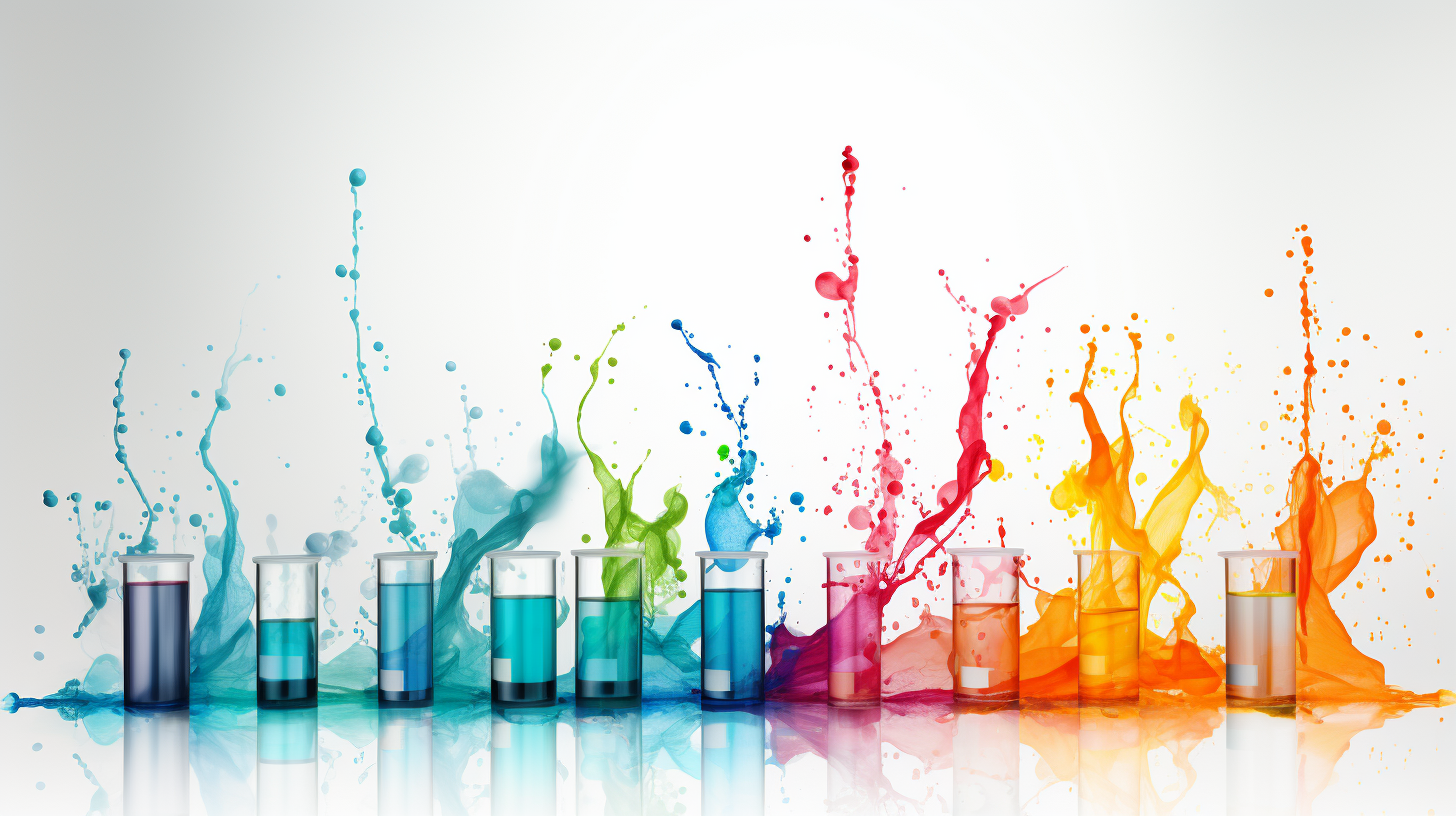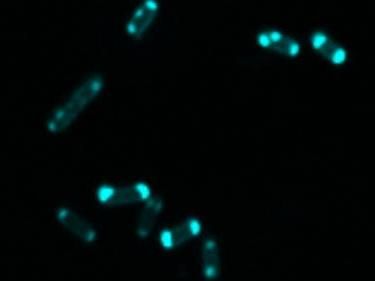Staphylococcus aureus bacteria turns immune system against itself
Around 20 percent of all humans are persistently colonized with Staphylococcus aureus bacteria, a leading cause of skin infections and one of the major sources of hospital-acquired infections, including the antibiotic-resistant strain MRSA.
University of Chicago scientists have recently discovered one of the keys to the immense success of S. aureus—the ability to hijack a primary human immune defense mechanism and use it to destroy white blood cells. The study was published in Science.
"These bacteria have endowed themselves with weapons to not only anticipate every immune defense, but turn these immune defenses against the host as well," said Olaf Schneewind, MD, PhD, professor and chair of the Department of Microbiology at the University of Chicago and senior author of the paper.
One of the first lines of defense in the human immune response are neutrophils, a type of white blood cell that ensnares invaders in neutrophil extracellular traps (NETs), a web-like structure of DNA and proteins. Captured bacteria are then destroyed by amoeba-like white blood cells known as macrophages. However, S. aureus infection sites are often marked by an absence of macrophages, indicating the bacteria somehow defend themselves against the immune system.
To reveal how these bacteria circumvent the human immune response, Schneewind and his team screened a series of S. aureus possessing mutations that shut down genes thought to play a role in infection. They looked to see how these mutated bacteria behaved in live tissue, and identified two strains that were unable to avoid macrophage attack. When these mutations—to the staphylococcal nuclease (nuc) and adenosine synthase A (adsA) genes respectively—were reversed, infection sites were free of macrophages again.
Looking for a mechanism of action, the researchers grew S. aureus in a laboratory dish alongside neutrophils and macrophages. The white blood cells were healthy in this environment and could clear bacteria. But the addition of a chemical to stimulate NET formation triggered macrophage death. Realizing that a toxic product was being generated by S. aureus in response to NETs, the team used high performance liquid chromatography and mass spectrometry techniques to isolate the molecule.
They discovered that S. aureus were converting NETs into 2'-deoxyadenosine (dAdo), a molecule which is toxic to macrophages. This effectively turned NETs into a weapon against the immune system.
"Sooner or later almost every human gets some form of S. aureus infection. Our work describes for the first time the mechanism that these bacteria use to exclude macrophages from infected sites," Schneewind said. "Coupled with previously known mechanisms that suppress the adaptive immune response, the success of these organisms is almost guaranteed."
S. aureus bacteria are found on the skin or in the respiratory tracts of colonized humans and commonly cause skin infections in the form of abscesses or boils. Normally not dangerous, severe issues arise when the bacteria enter the bloodstream, where they can cause diseases such as sepsis and meningitis. Antibiotic-resistant strains, such as methicillin-resistant S. aureus (MRSA), are difficult to treat and have plagued healthcare systems around the world.
Schneewind and his team hope to leverage their findings toward therapies against S. aureus infections. But both genes and the dAdo molecule are closely related to important human physiological mechanisms, and Schneewind believes targeting these in bacteria, without harming human function, could be difficult.
"In theory you could build inhibitors of these bacterial enzymes or remove them," Schneewind said. "But these are untested waters and the pursuit of such goal requires a lot more study."
Topics
Organizations
Other news from the department science

Get the life science industry in your inbox
From now on, don't miss a thing: Our newsletter for biotechnology, pharma and life sciences brings you up to date every Tuesday and Thursday. The latest industry news, product highlights and innovations - compact and easy to understand in your inbox. Researched by us so you don't have to.
Most read news
More news from our other portals
See the theme worlds for related content
Topic world HPLC
HPLC is a key technology in modern analytical chemistry. It enables the separation, identification and quantification of components in complex mixtures with high precision and efficiency. Whether in the analysis of active pharmaceutical ingredients, the quality control of foodstuffs or the examination of biological samples - HPLC is often the method of choice for demanding separation tasks.

Topic world HPLC
HPLC is a key technology in modern analytical chemistry. It enables the separation, identification and quantification of components in complex mixtures with high precision and efficiency. Whether in the analysis of active pharmaceutical ingredients, the quality control of foodstuffs or the examination of biological samples - HPLC is often the method of choice for demanding separation tasks.
Topic World Mass Spectrometry
Mass spectrometry enables us to detect and identify molecules and reveal their structure. Whether in chemistry, biochemistry or forensics - mass spectrometry opens up unexpected insights into the composition of our world. Immerse yourself in the fascinating world of mass spectrometry!

Topic World Mass Spectrometry
Mass spectrometry enables us to detect and identify molecules and reveal their structure. Whether in chemistry, biochemistry or forensics - mass spectrometry opens up unexpected insights into the composition of our world. Immerse yourself in the fascinating world of mass spectrometry!





















































